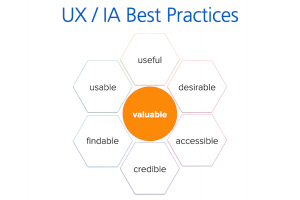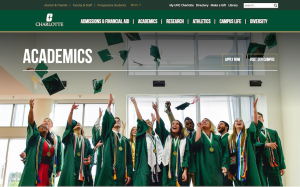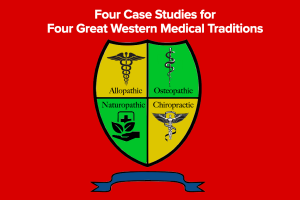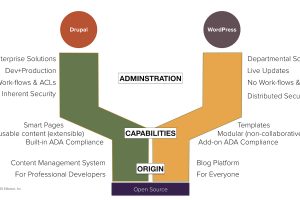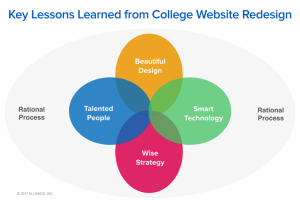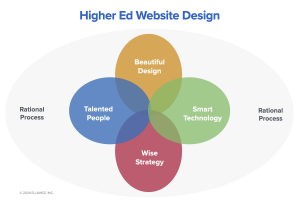
”The web is the great equalizer and new opportunity creator for all” was my response to our very first website client back in 1995. Thirty years later, the web has moved from the margins to heart of modern life. Now, it’s the digital soul of an institution. All roads lead to it. For us, a […]

